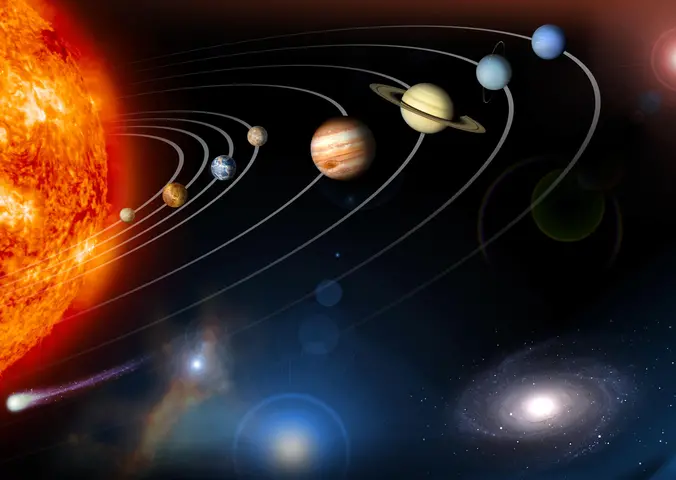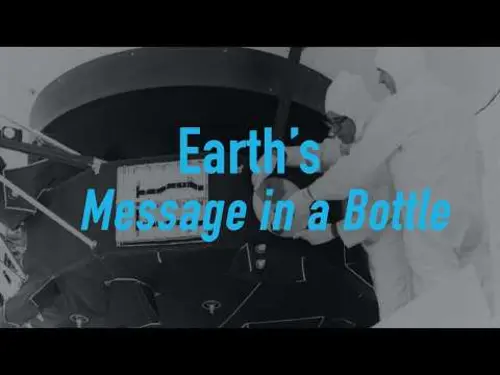
Solar System
Stories
On demand
From the Collection
Events
Exhibitions
Learning Resources
Activity/Lab
Flights of Fancy Field Trip Pre and Post Visit Materials - Space Walk - Spanish
A mixture of experiment and activites to expand learning on the Space Walk Storytime. Learn about space scientists and about the tools they use. The activities connect to Standards of Learning
Grade Level
Grade K,
Grade 1, and
Grade 2
Topics
Astronomy,
Moon (Earth),
Telescopes,
Solar System, and
Spaceflight
Leader
Teacher
Rights
cc-by-nc
Activity/Lab
Flights of Fancy Story Time: "Pluto's Secret" Book Talk
Tune in to a special Flights of Fancy Story Time interview with the authors of the children's book Pluto's Secret.
Grade Level
Grade PK,
Grade K,
Grade 1,
Grade 2, and
Grade 3
Topics
Astronomy,
Science,
Small solar system bodies, and
Solar System
Leader
Teacher,
Student, and
Parent/Caregiver
Rights
cc-by-nc
Activity/Lab
Flights of Fancy Story Time: "Pluto’s Secret"
In this special author session, Margaret Weitekamp reads the book, Pluto’s Secret: An Icy World’s Tale of Discovery
Grade Level
Grade PK,
Grade K,
Grade 1,
Grade 2, and
Grade 3
Topics
Dwarf planets,
People,
Science,
Small solar system bodies, and
Solar System
Leader
Student,
Teacher, and
Parent/Caregiver
Rights
cc-by-nc
Activity/Lab
Flights of Fancy Story Time: "The Day the Earth Stopped Spinning"
This story is about the orbiting and revolving Earth.
Grade Level
Grade PK,
Grade K,
Grade 1,
Grade 2, and
Grade 3
Topics
Astronomy,
Solar System, and
Science
Leader
Student,
Teacher, and
Parent/Caregiver
Rights
cc-by-nc
Activity/Lab
Flights of Fancy Story Time: "Family of the Sun"
Family of the Sun, which tells the story of the planets in our solar system. After the story, do a craft to make a solar system playset.
Grade Level
Grade PK,
Grade K,
Grade 1,
Grade 2, and
Grade 3
Topics
Astronomy,
Aviation,
Solar System,
Uncrewed spaceflight, and
Spaceflight
Leader
Teacher,
Student, and
Parent/Caregiver
Rights
cc-by-nc
Activity/Lab
Flights of Fancy Story Time: "Mission to Mars"
We return to our three friends as they imagine what it would be like to plan a trip, build a rocket, and travel on a mission to Mars.
Grade Level
Grade PK,
Grade K,
Grade 1,
Grade 2, and
Grade 3
Topics
Human spaceflight,
Rockets,
Science,
Solar System, and
Spaceflight
Leader
Student,
Teacher, and
Parent/Caregiver
Rights
cc-by-nc




















